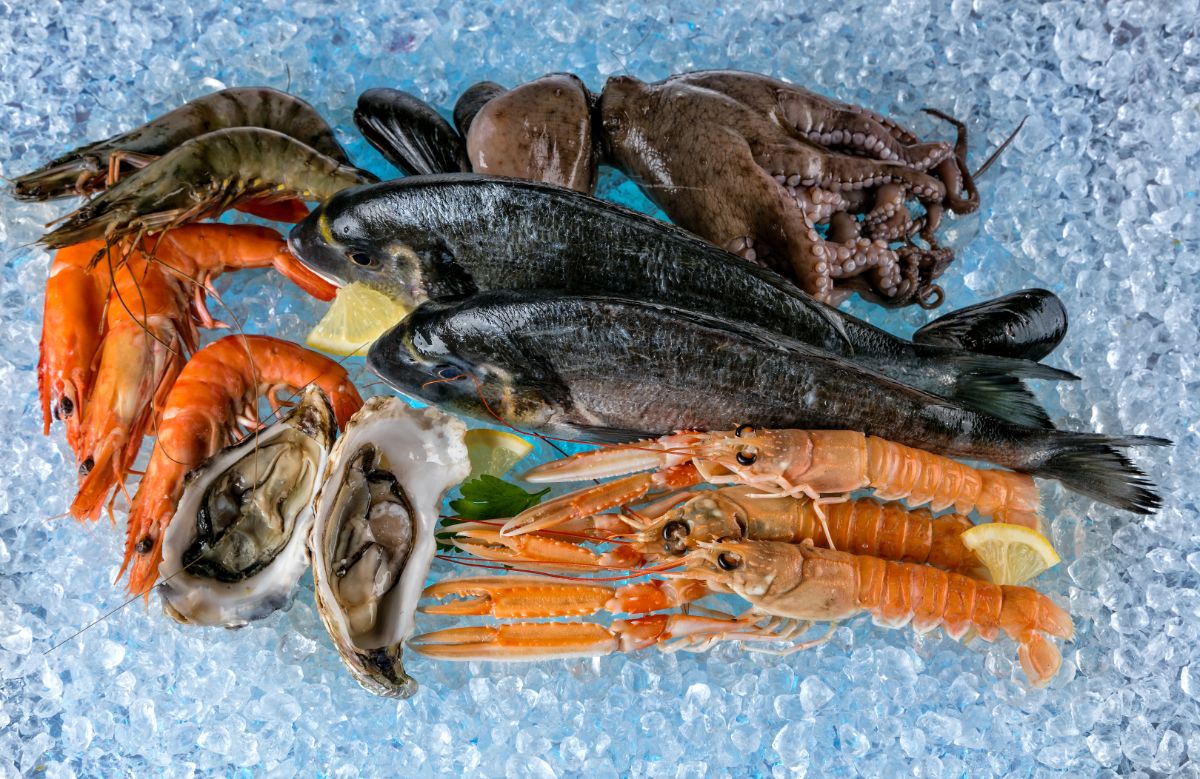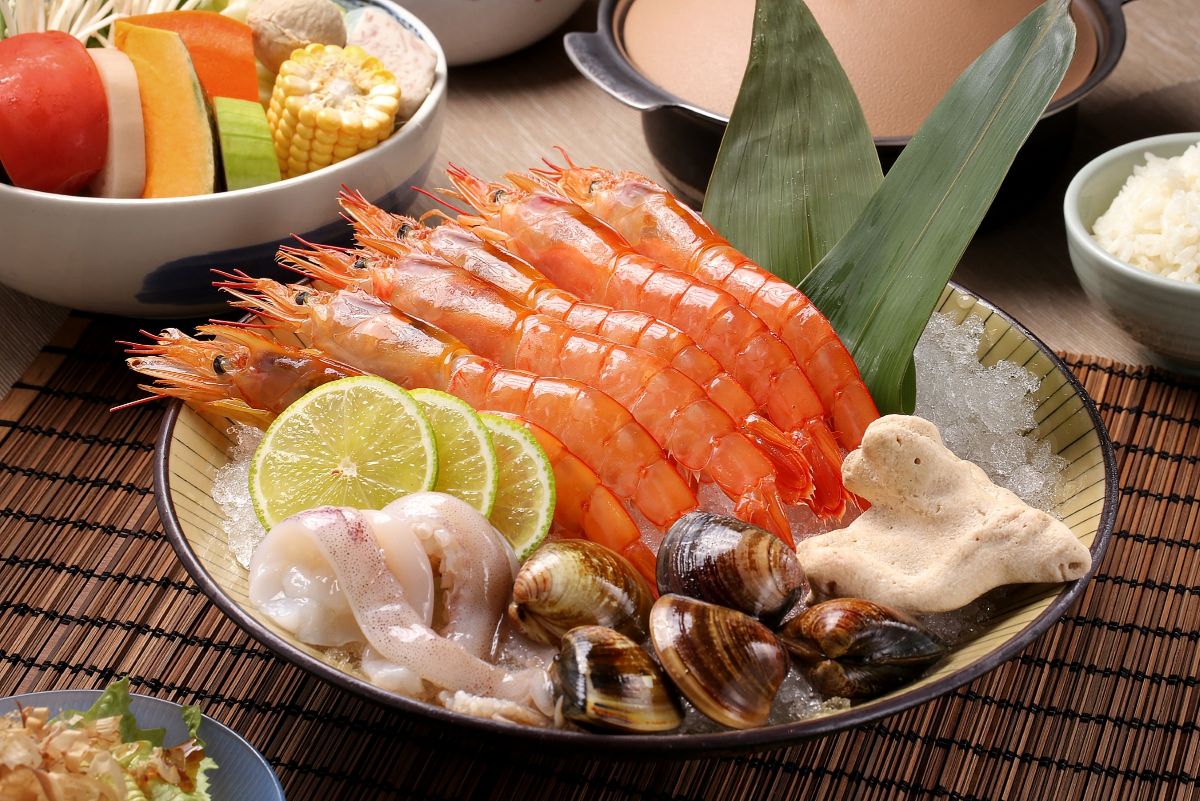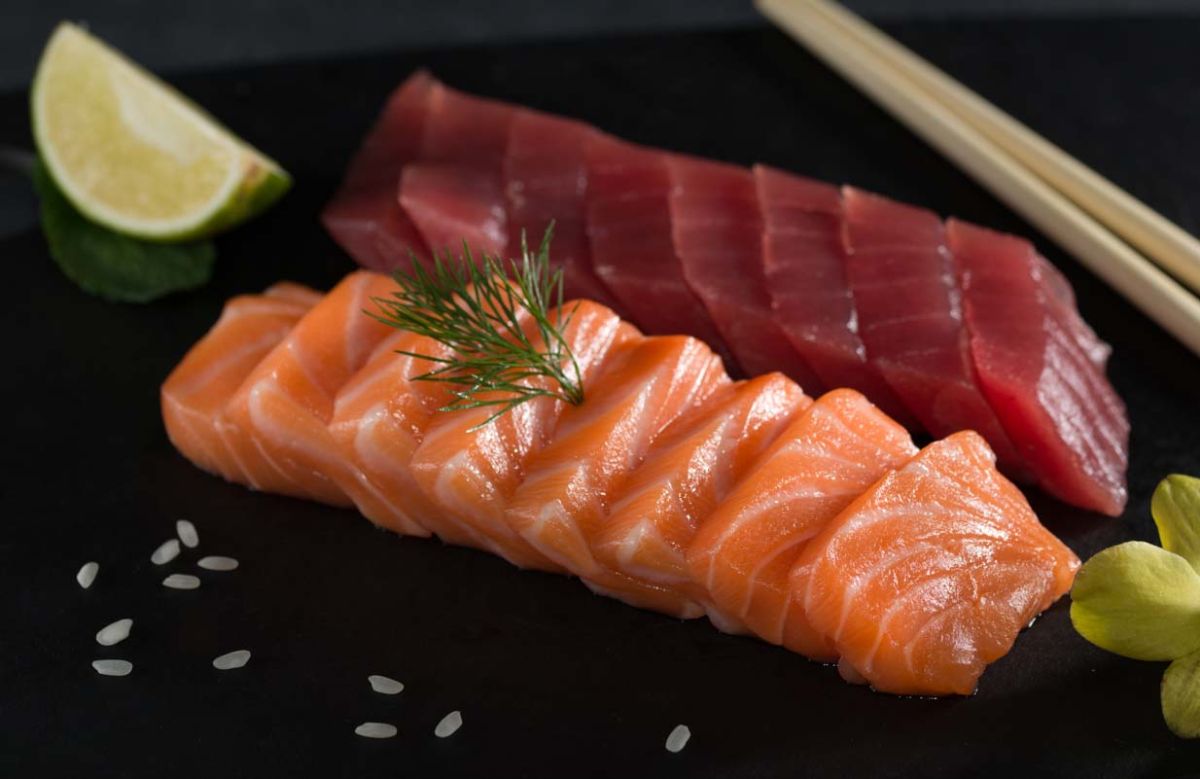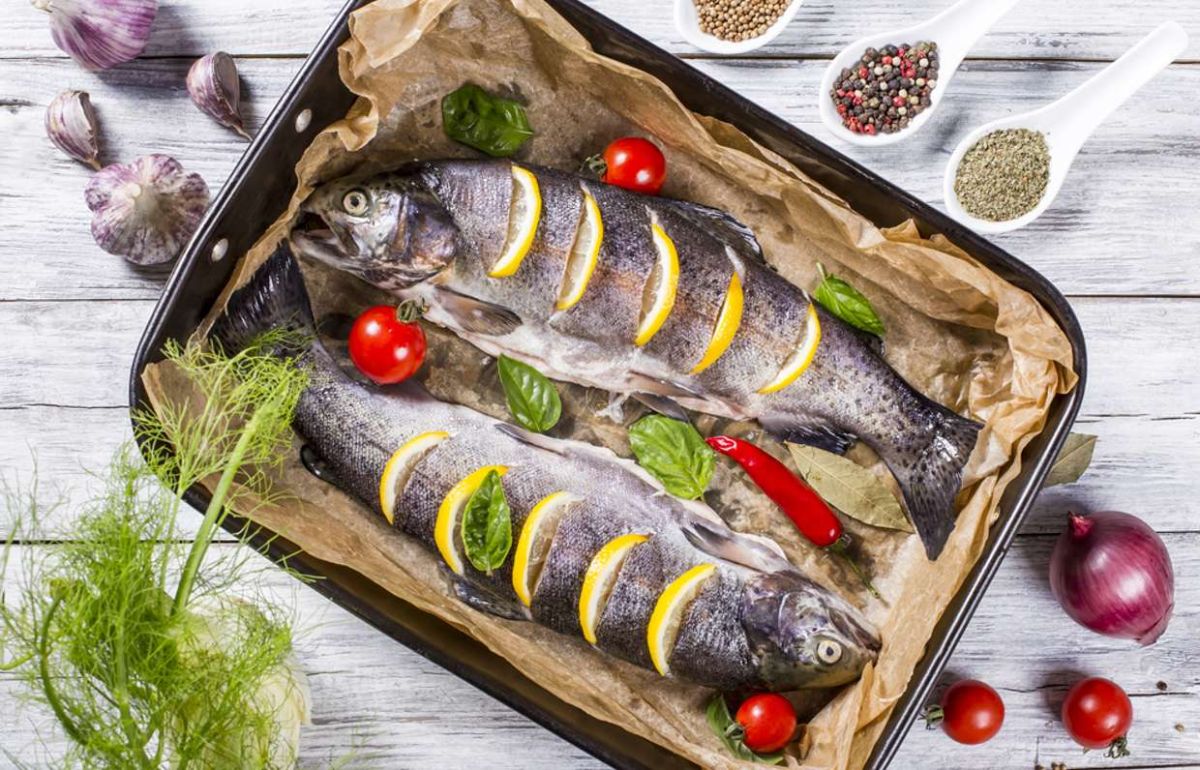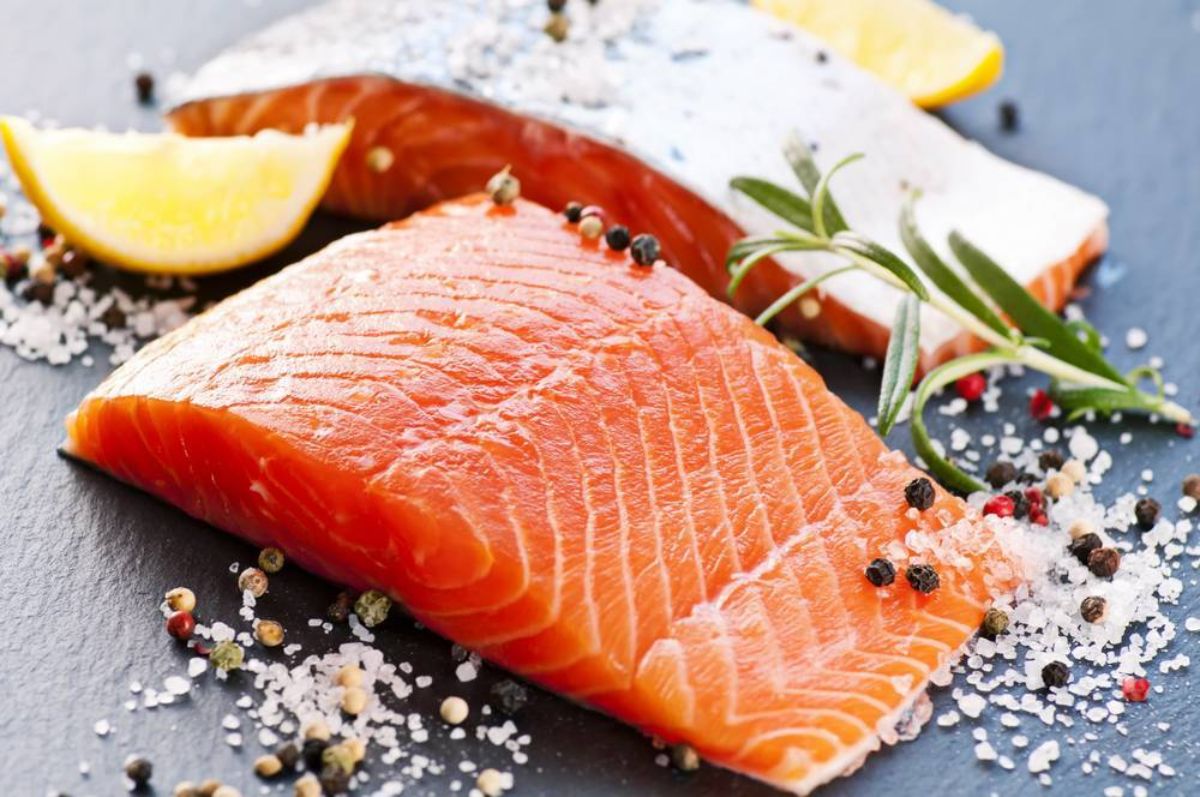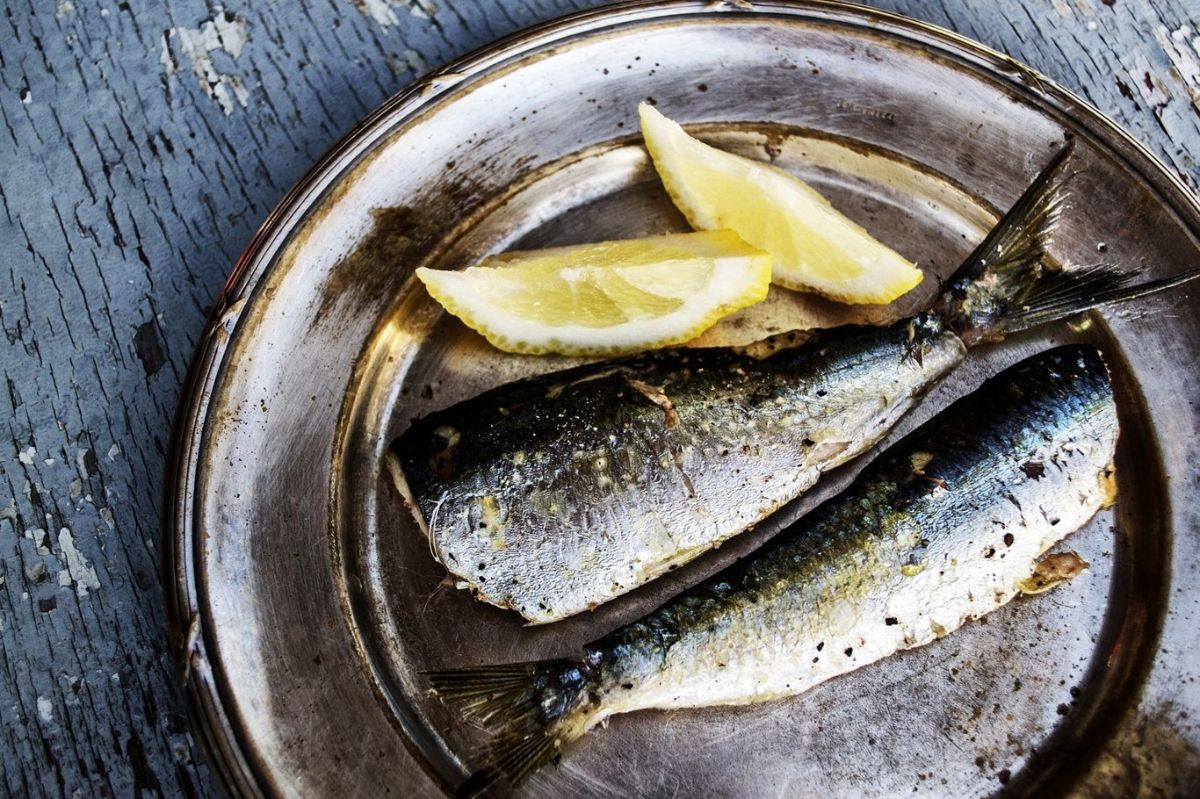What are the benefits of shrimp — 5 proven facts
Shrimps are one of the most commonly consumed seafood. They contain valuable biologically active substances, some of which (for example, the carotenoid astaxanthin) cannot be obtained from other sources.
Modern research has revealed many useful properties of shrimp: they improve the health of the heart and blood vessels, prevent the appearance of cancer and neurodegenerative diseases, and contribute to weight loss.
Content
5 useful properties
Below are the 5 main facts about the benefits of shrimp (based on the evidence base).
1. Rich composition
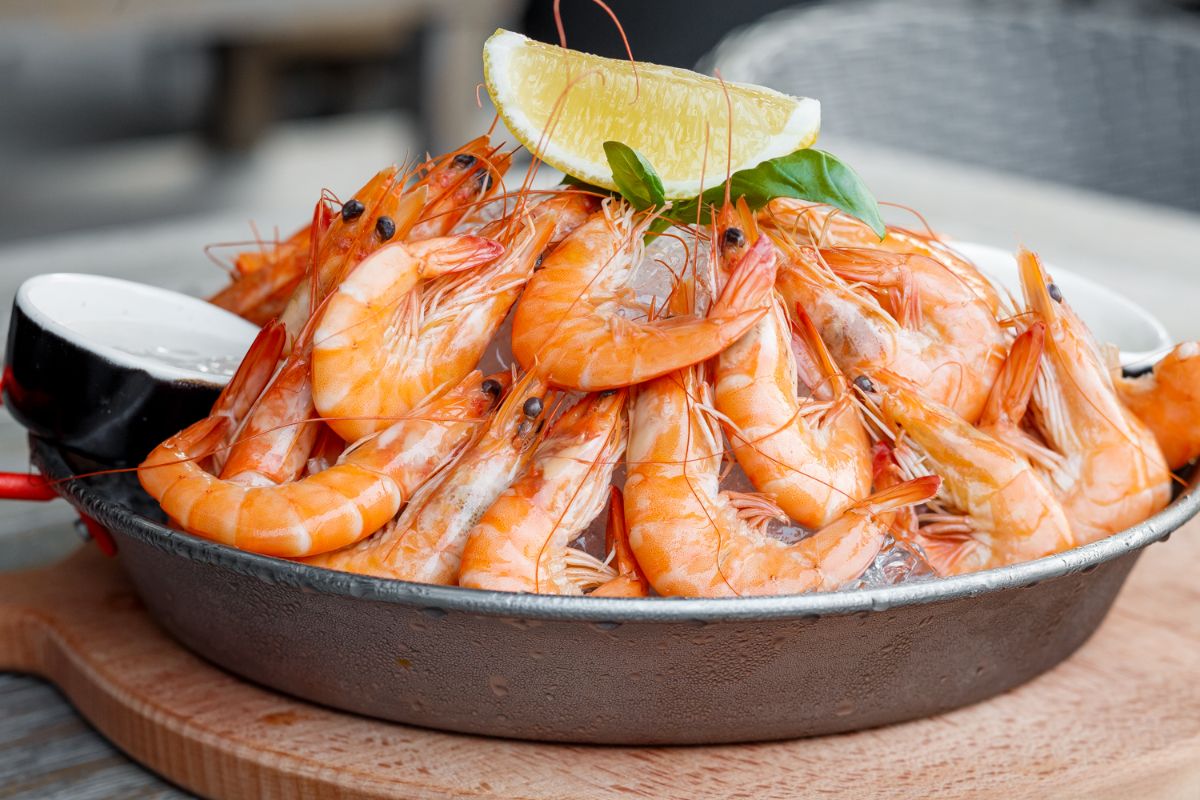
Shrimp have a low calorie content – from 84 to 99 calories per 100 grams, depending on the variety. About 90% of the energy value is accounted for by proteins, the rest is mainly fats.
In 100 grams of shrimp contained the following valuable substances:
| Component Name | Percentage of the recommended daily requirement |
| Vitamin B12 | 25 % |
| Vitamin E | 7 % |
| Vitamin B6 | 6 % |
| Vitamin A | 4 % |
| selenium | 57 % |
| iron | 17 % |
| phosphorus | 14 % |
| copper | 10 % |
| zinc | 10 % |
| sodium | 9 % |
| magnesium | 7 % |
Shrimp also contain a large amount of valuable omega-3 and omega-6 fatty acids, antioxidants (astaxanthin) and iodine, the use of which is associated with a large number of health benefits.
2. Antioxidant effect
 Shrimp meat contains a lot of antioxidants, the most valuable of which are selenium and astaxanthin.
Shrimp meat contains a lot of antioxidants, the most valuable of which are selenium and astaxanthin.
Shrimp get astaxanthin is eating green algae and, in fact, they are the only source of this substance.
Astaxanthin prevents the effects of free radicals on all cells of the human body, during which the latter die or turn into malignant ones.
Proven that the antioxidant also inhibits chronic inflammation, creating additional protection against cancer and a number of chronic diseases from the cardiovascular, endocrine and digestive systems.
Chinese Studies demonstrated Astaxanthin's ability to improve metabolism at the brain level, ensure normal functioning of the cognitive sphere (memory, thinking, Attention ) and prevention of neurodegenerative diseases (Alzheimer's, Pick's and Parkinson's disease).
3. Prevention of cardiovascular diseases
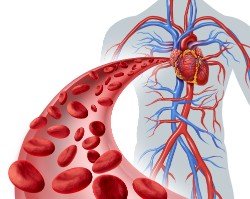 According to the latest scientific data
, shrimp contains a special thrombolytic enzyme that dissolves blood clots in blood vessels (blood clots).
According to the latest scientific data
, shrimp contains a special thrombolytic enzyme that dissolves blood clots in blood vessels (blood clots).
Regular ingestion of this substance into the body (in the absence of diseases accompanied by blood hypocoagulation) is associated with a low incidence of myocardial infarction and ischemic strokes.
Australian Scientists claim that shrimps, due to the presence of astaxanthin in the composition, are also able to correct blood cholesterol level . They increase the concentration of beneficial HDL cholesterol, a high level of which is associated with a low probability of deposition of atherosclerotic plaques on the walls of arteries.
It is with atherosclerotic plaques that the appearance of such diseases as: coronary heart disease and myocardial infarction, stroke, chronic cerebral ischemia is associated.
4. Improving the condition of the skin and hair
 German specialists discovered
that the antioxidant astaxanthin reduces the rate of age-related involutive changes in the skin, as well as reduces wrinkles and prevents the appearance of age spots.
German specialists discovered
that the antioxidant astaxanthin reduces the rate of age-related involutive changes in the skin, as well as reduces wrinkles and prevents the appearance of age spots.
Also shrimp, according to the data of the US National Institutes of Health, contain zinc. The lack of this mineral is associated with early hair loss, loss of elasticity, smoothness and elasticity.
5. Weight loss Assistance
 Shrimp, as already mentioned, is a low-calorie product rich in proteins and minerals. The composition contains a small amount of fat and completely lacks carbohydrates. They can be consumed in almost unlimited quantities.
Shrimp, as already mentioned, is a low-calorie product rich in proteins and minerals. The composition contains a small amount of fat and completely lacks carbohydrates. They can be consumed in almost unlimited quantities.
Zinc contained in shrimp increases the level of leptin in the blood, a hormone responsible for the development of a feeling of satiety. As a result, the severity of hunger is significantly reduced, and the craving for food decreases.
Shrimps are also rich in iodine, which regulates metabolic processes in the body. The nutrient, according to the information scientists, increases the activity of the breakdown of adipose tissue in order to meet energy needs.
Safety and harm
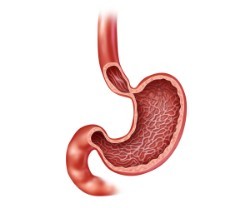 In some cases, shrimp can cause harm to the body. The most common side effects are:
In some cases, shrimp can cause harm to the body. The most common side effects are:
- Disruption of the digestive system. Protein overload leads to discoordination of the smooth muscle activity of the intestinal walls, which can manifest itself as constipation or persistent diarrhea.
- Visual disorders. Shrimp meat contains special neuroactive substances that, if consumed excessively (more than 2 kg at a time), can provoke temporary disorders of visual functions (double vision, impaired accommodation).
- Allergic reactions. Are common and are caused by the body's sensitivity to the protein tropomyosin, which is found in all mollusks. Less often, allergic reactions are noted to hemocyanin and arginine kinase. The deviation can have any character: from a banal tingling in the mouth or nasal congestion to anaphylactic shock and Quincke's edema.
It should be noted separately that shrimps are completely safe for the body of a pregnant woman. They contain a minimum amount of mercury (unlike other seafood), which is not capable of harming either the mother or the unborn child.
What are the types of shrimp?
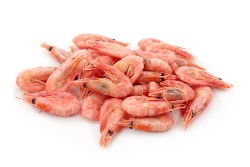 There are many varieties of shrimp (about 1,000 in total). The basic classification implies their division into:
There are many varieties of shrimp (about 1,000 in total). The basic classification implies their division into:
- Coldwater. Are common in the Far East, inhabit the Arctic seas. They are usually small in size and serve as a snack for low-alcohol drinks.
- Warm-water. Live in warm oceans and seas. They can be caught in natural habitats or bred in artificial reservoirs. The group includes: royal, tiger, Black Sea, Argentine, white shrimp, etc.
Let's focus on individual species in more detail:
- Royal. Can reach large sizes (up to 25-30 cm), are rich in omega-3 fatty acids and antioxidants. King prawns are a delicacy.
- Tiger. can also boast of a large mass, have dark stripes on the shell, for which they got their name. Tiger prawns are rich in nutrients and cost significantly less compared to royal ones.
- Northern. Distinctive features – small size, special taste (for gourmets).
- Black Sea. Have the most pleasant taste and aroma, although they look plain on the outside: small (from 3 to 8 cm) with a yellow color. The concentration of nutritious nutrients in Black Sea shrimps is on a par with royal ones.
- Argentinean. They live exclusively in natural conditions (Atlantic Ocean). They are considered the most useful among all the studied species of shrimp.
Rules of selection and preparation
 The preparation of any product begins with studying the shelves of stores. Below are a number of the most important features that you should pay special attention to when choosing:
The preparation of any product begins with studying the shelves of stores. Below are a number of the most important features that you should pay special attention to when choosing:
- Labeling, packaging. The following must be printed on a pack of shrimp: production date, expiration date and recommended storage conditions. The shelf life depends on the production technology and ranges from 4 to 10 months.
- Appearance. All shrimps should be whole, similar to each other and the same size. The color can vary significantly and depends on the type of shrimp. Shrimps with a black head and any spots on the shell that signal diseases and violations of storage conditions should not be consumed.
You should immediately cancel the purchase if:
- There is no marking;
- There are defects in the packaging and the product itself;
- Storage rules are not followed;
- Shrimp have different sizes and appearance;
- There is a fish smell;
- There are spots on the shell on the body of the shrimp, the head is colored black.
There are also a number of rules for cooking shrimp:
- Defrosting. Should be gradual. It is best to first put the shrimp on the bottom shelf of the refrigerator for 3-5 hours, and then let it stand at room temperature for at least 4 hours.
- Boiling. If the shrimps have previously been heat–treated, then the cooking time is about 3-5 minutes, if not– 9-11 minutes.
- Cleaning. To remove the shell, you need to take the shrimp in your hands, hold the head with one hand, and the tail with the other. Then, with rotating movements, unscrew the head and tear off the paws. After that, you need to gently pull the scales of the shell from the side of the head. The shrimp is peeled. Shrimp roe is quite edible.
Boiled shrimp can be eaten in any form. They serve as an excellent ingredient for pasta dishes, salads, and sandwiches. They can also be served in its pure form with various sauces.
In addition to cooking, the following cooking methods are quite widespread:
- Frying. Frying is usually done in olive oil. Fried shrimp are suitable for sandwiches and cream soups.
- Baking in the oven. After baking, a crispy crust forms on the surface of the body, and the "insides" are soft and juicy. Baked shrimp are eaten without sauce.
In addition, you can buy ready-to-eat shrimp in oil or brine. The so-called "sea cocktails" are often sold, where in addition to shrimp there are mussels, squid, octopus and other seafood.
Conclusion
Thus, shrimps contain a lot of biologically active substances in their composition: vitamins, minerals, antioxidants, valuable fatty acids and proteins.
When added to the diet, they provide prevention of many pathologies from almost all body systems (including cancer) and contribute to weight loss.
